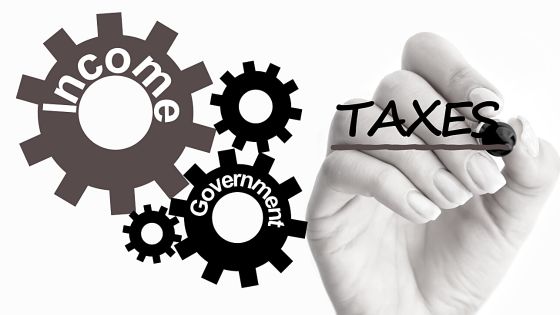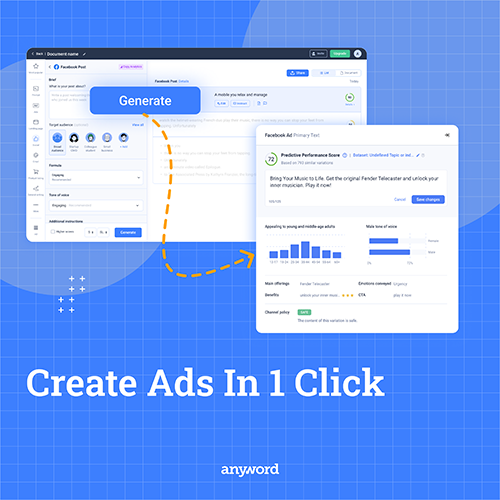Progressive and flat taxes are the two most common forms of taxation chosen by entrepreneurs. Each of them has its own advantages and disadvantages, and it is worth becoming thoroughly familiar with them before making a final decision. If we are not sure which form will be more beneficial for us, it is worth using the services that an accounting office offers.

This way, we will be sure that a particular form of taxation is tailored to the nature of our business, estimated income, and several other important issues. What is the difference between progressive and flat tax, and when is it worth opting for one of them?
Flat Tax Systems
The tax scale, also known as progressive tax or general taxation, is the most common form of taxation chosen. Those entrepreneurs who opt for this type pay tax on the amount of income, that is, after deducting expenses from revenues.
The tax brackets for the 2022 tax year (applicable to 2023 filers) consist of seven levels, with tax rates ranging from 10% to 37%. All taxpayers are subject to a 10% tax rate on their initial $10,275 of income ($20,550 for joint filers). On the higher end of the tax bracket spectrum, individuals with taxable income exceeding $539,900 ($647,850 for joint filers) are required to pay a 37% tax rate on any additional income above those thresholds.
While a progressive tax system allows for deductions and credits that can lower an individual’s tax obligation, approximately 40% of Americans are estimated to pay no federal income tax for the 2022 tax year. So, what are the advantages and disadvantages of this solution?
Pros of Flat Tax Systems
- Simplicity and ease of understanding
- Lower tax rates for high-income earners
- Encouragement of investment and economic growth
Cons of Flat Tax Systems
- Regressive nature that disproportionately affects low-income earners
- Limited ability to address income inequality
- Lack of progressivity and fairness
Progressive tax systems
A progressive tax system increases tax rates as income levels increase, aiming to reduce income inequality and collect more revenue from high-income earners. Tax brackets determine the percentage of tax owed, ranging from 0% to 37% for individuals with taxable income above $539,900 ($647,850 for joint filers) in 2022.
This tax structure can redistribute wealth and fund crucial government initiatives, such as healthcare and education, to improve citizens’ quality of life. However, it may also discourage entrepreneurship and investment as high earners may feel disincentivized by higher taxes. Ultimately, the effectiveness of a progressive tax system depends on its design and implementation, as well as the social and economic context in which it operates.
Pros of Progressive Tax Systems
- Ability to reduce income inequality and promote social justice
- Greater ability to fund public services and infrastructure
- The lower tax burden for low-income earners
Cons of Progressive Tax Systems
- Complexity and confusion in tax code
- High tax rates for high-income earners may discourage investment
- Potential for disincentivizing hard work and innovation
Non-citizenship
If you’re not a US citizen, conducting business in the country can be significantly more difficult. However, obtaining a US Permanent Resident Card, commonly referred to as a Green Card, can be one of the most important immigration documents for entrepreneurs.
With a Green Card, you can establish your own business and enjoy easier access to trade licenses compared to those with only a work visa. Moreover, being a legal permanent resident makes you eligible for small business federal loans and grants, which can be instrumental in getting your business off the ground.
Summary
In conclusion, both flat and progressive tax systems have their pros and cons. While a flat tax system is simple and encourages investment and economic growth, it is regressive and lacks progressivity and fairness. On the other hand, a progressive tax system reduces income inequality, funds important government initiatives, and has a lower tax burden for low-income earners. However, it can be complex and may discourage entrepreneurship and investment.
Ultimately, the choice between these two tax systems depends on various factors, such as the nature of the business, estimated income, and social and economic context. Seeking the advice of accounting professionals can help entrepreneurs make an informed decision on which tax system is best suited for their business.






















